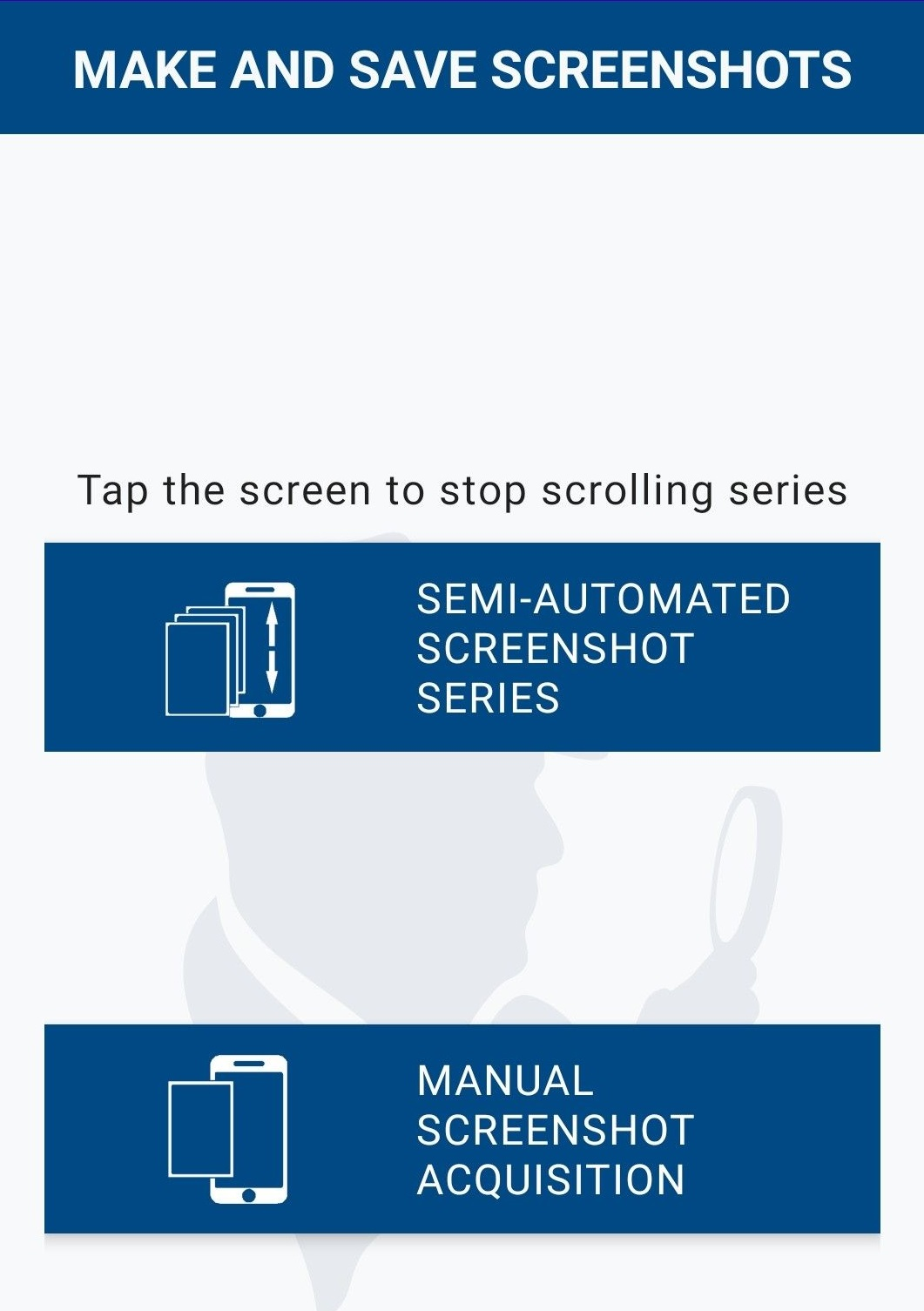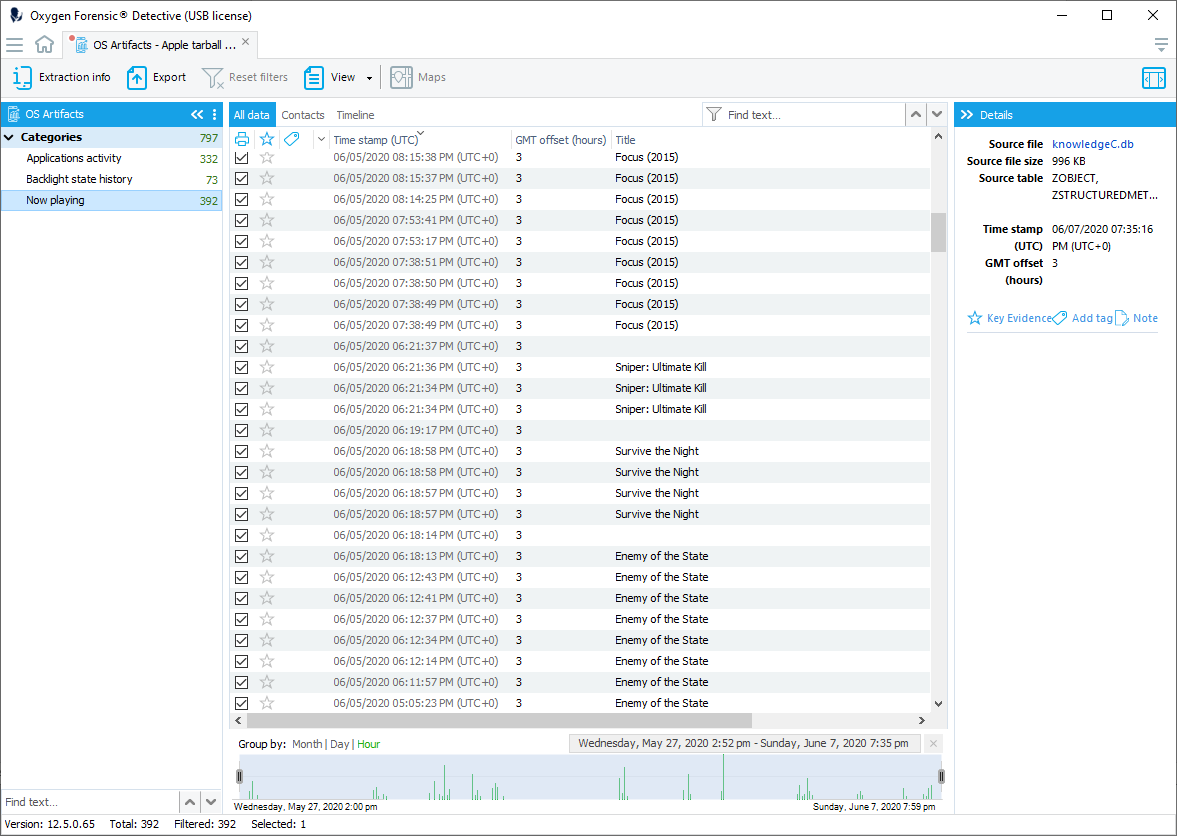

If you damage them, getting the data can be difficult or impossible. Experts used to do this by gently plucking the chips off the board and seating them into chip readers, but the pins are delicate.

This is called the JTAG method, for the Joint Task Action Group, the manufacturing industry association that codified this testing feature.Ĭhips connect to the circuit board via tiny metal pins, and the second method, called “chip-off,” involves connecting to those pins directly. Manufacturers use those taps to test their circuit boards, but by soldering wires onto them, forensic investigators can extract data from the chips. The first method takes advantage of the fact that many circuit boards have small metal taps that provide access to data on the chips. NIST computer scientist Jenise Reyes-Rodriguez uses the JTAG method to acquire data from a damaged mobile phone.Īfter the researchers had loaded data onto the phones, they used two methods to extract it. They added GPS data by driving around town with all the phones on the dashboard. They entered contacts with multiple middle names and oddly formatted addresses to see if any parts would be chopped off or lost when the data was retrieved. They took photos, sent messages and used Facebook, LinkedIn and other social media apps. They had to add the data the way a person normally would. The question was: Would the extracted data exactly match the original data, without any changes?įor the study to be accurate, the researchers couldn’t just zap a bunch of data onto the phones. They then extracted the data or had outside experts extract the data for them. To conduct the study, NIST researchers loaded data onto 10 popular models of phones. However, they can still be useful with encrypted phones because investigators often manage to get the passcode during their investigation.

#OXYGEN FORENSICS 2FA ANDROID#
The study addresses methods that work with Android phones. Also, the study covered only methods for accessing data, not decrypting it. Some methods work better than others, depending on the type of phone, the type of data and the extent of the damage. The results of the NIST study will also help labs choose the right tools for the job. “Do they reliably produce accurate results?” “Our goal was to test the validity of these methods,” said Rick Ayers, the NIST digital forensics expert who led the study. Because these methods produce data that might be presented as evidence in court, it’s important to know if they can be trusted. These include hacking tools, albeit ones that may be lawfully used as part of a criminal investigation.
#OXYGEN FORENSICS 2FA SOFTWARE#
Now, researchers at the National Institute of Standards and Technology (NIST) have tested how well these forensic methods work.Ī damaged phone might not power on, and the data port might not work, so experts use hardware and software tools to directly access the phone’s memory chips. They might smash, shoot, submerge or cook their phones, but forensics experts can often retrieve the evidence anyway. Criminals sometimes damage their mobile phones in an attempt to destroy evidence.


 0 kommentar(er)
0 kommentar(er)
